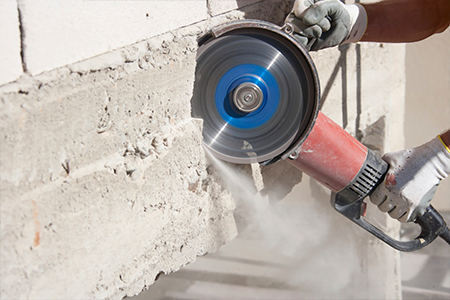Abrasive Wheels
Abrasive Wheels Regulations & Compliance: How to Operate Abrasive Wheels in Accordance with Safety Standards
Abrasive wheels are used in various industries for cutting, grinding, and polishing materials. However, they present significant safety risks if not handled properly. In the UK, strict regulations govern the use of abrasive wheels to protect workers from accidents and injuries. Here’s what you need to know about abrasive wheel regulations and how to ensure compliance in your workplace.
Understanding Abrasive Wheels Regulations
The primary legislation governing the use of abrasive wheels in the UK is the Provision and Use of Work Equipment Regulations 1998 (PUWER). These regulations require that equipment provided for use at work is safe and properly maintained.Specific to abrasive wheels, PUWER outlines key requirements, including:- Proper training for all operators
- Suitable selection of wheels for the task
- Safe mounting and use
- Regular inspections and maintenance
Key Safety Responsibilities Under PUWER
Operator Training and Certification
Selecting the Right Wheel
Correct Mounting Procedures
Regular Equipment Inspections
Use of Personal Protective Equipment (PPE)
Common Abrasive Wheel Safety Hazards
- Wheel breakage due to improper mounting or excessive force
- Contact injuries from unguarded wheels
- Eye injuries from flying debris
- Respiratory issues from dust and particles
Practical Safety Tips for Using Abrasive Wheels
- Never exceed the wheel’s maximum speed rating
- Always use machine guards and ensure they are correctly positioned
- Allow wheels to reach full speed before starting work
- Stand to the side of the wheel during startup in case of breakage
- Keep the work area clean and free of flammable materials
Compliance Best Practices
- Maintain detailed training records for all operators
- Conduct regular risk assessments
- Keep maintenance and inspection logs
- Display safety signage near abrasive wheel stations


